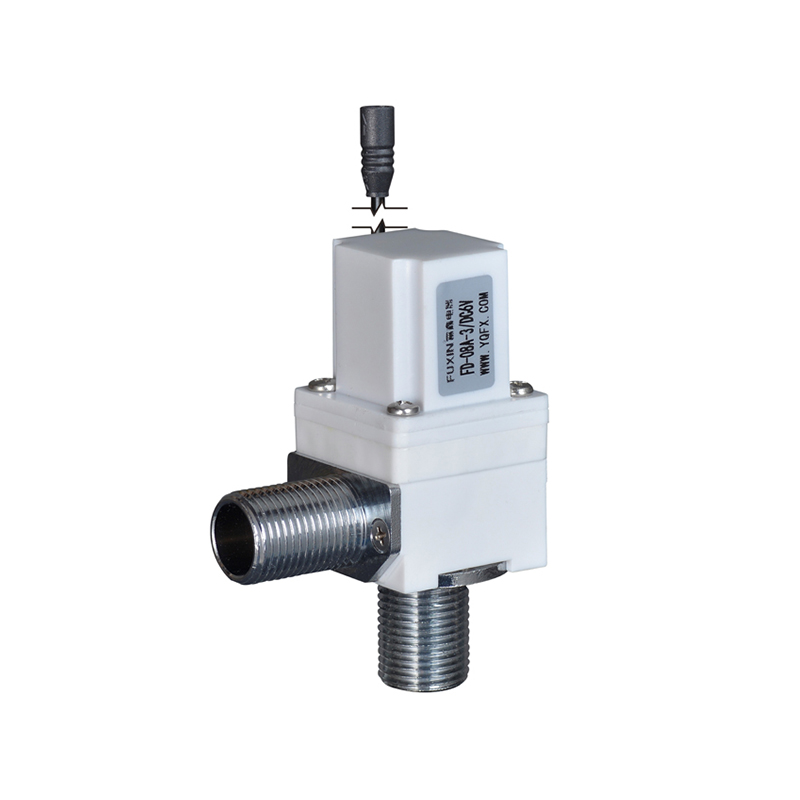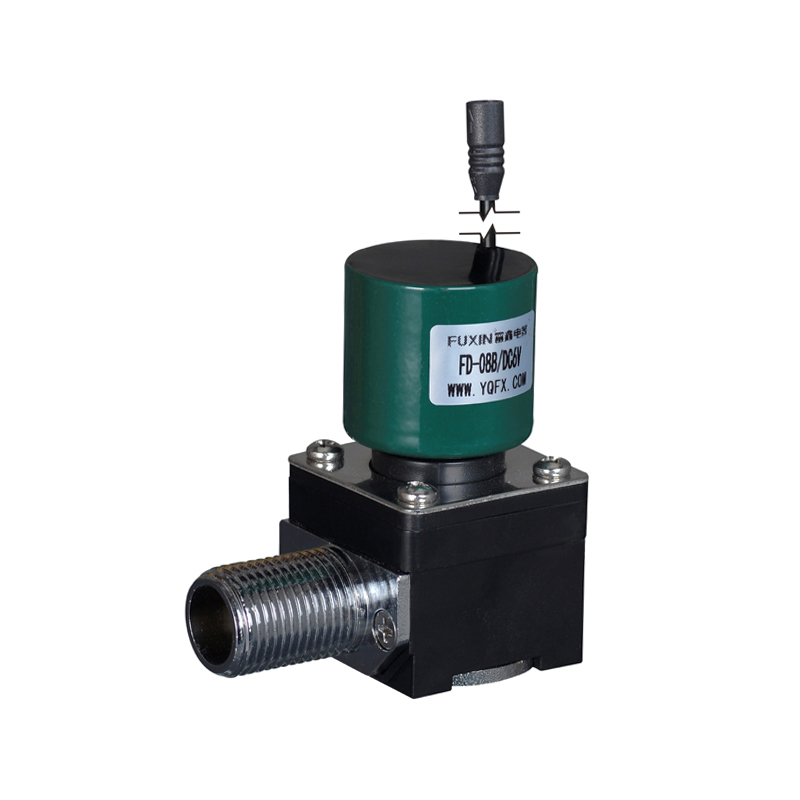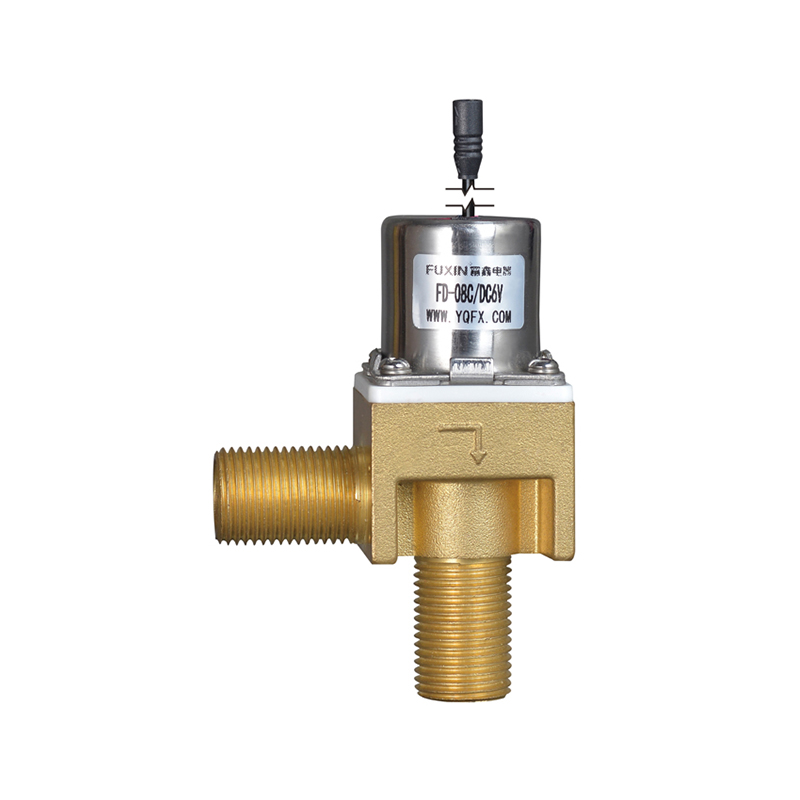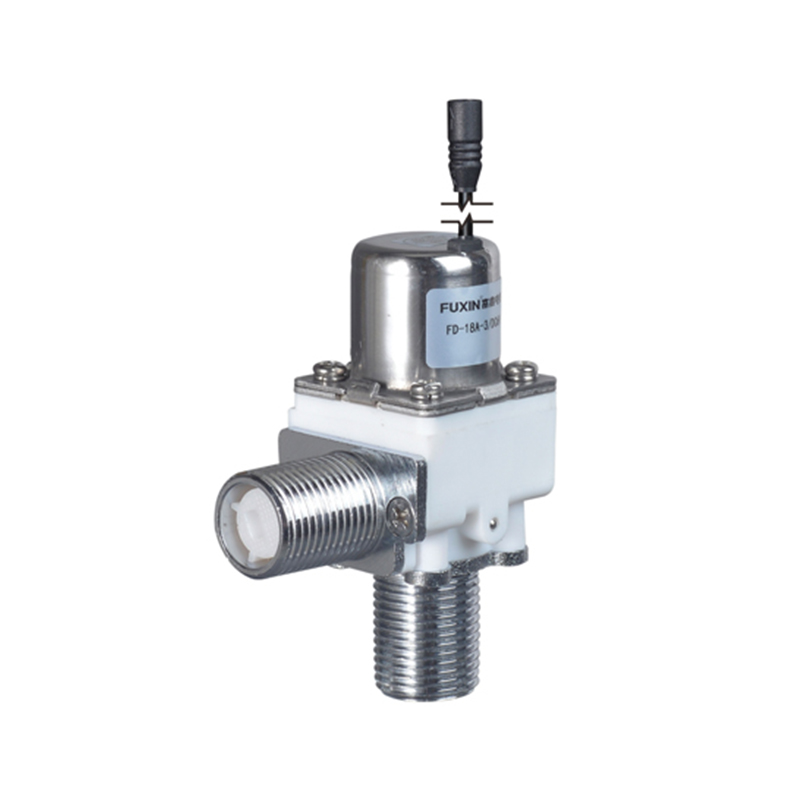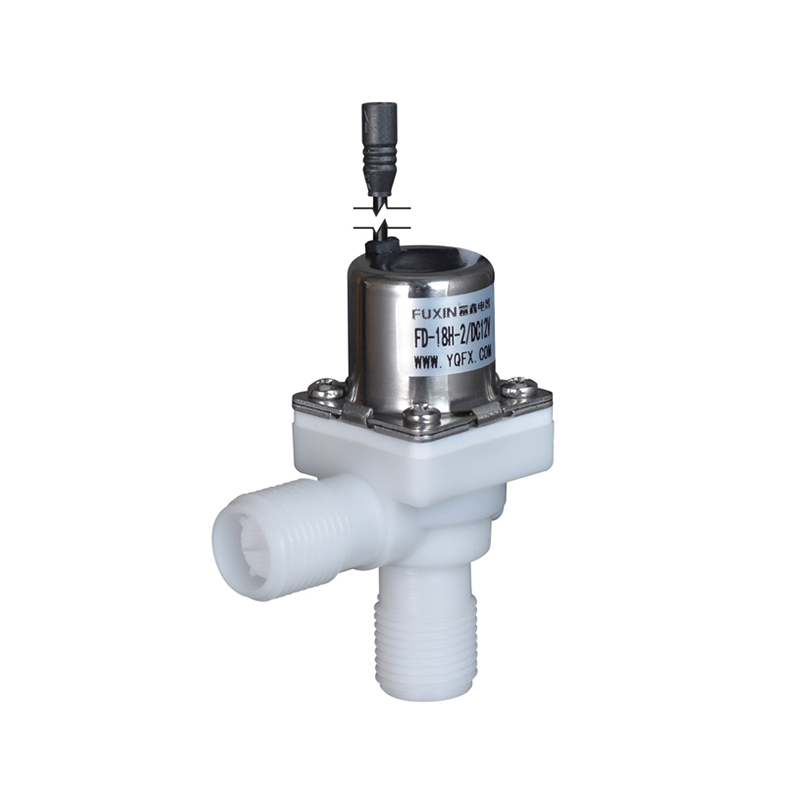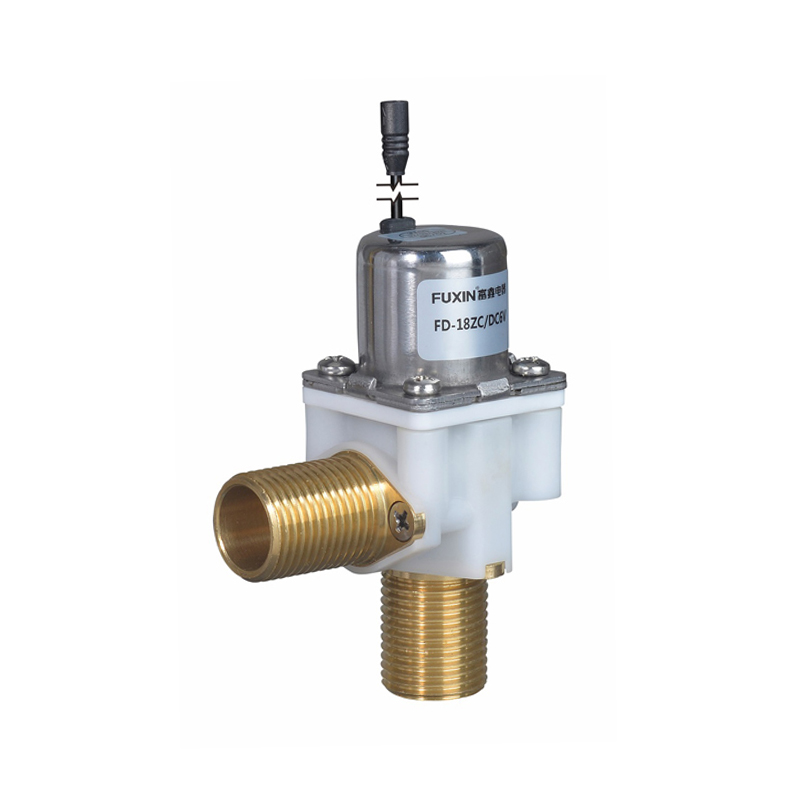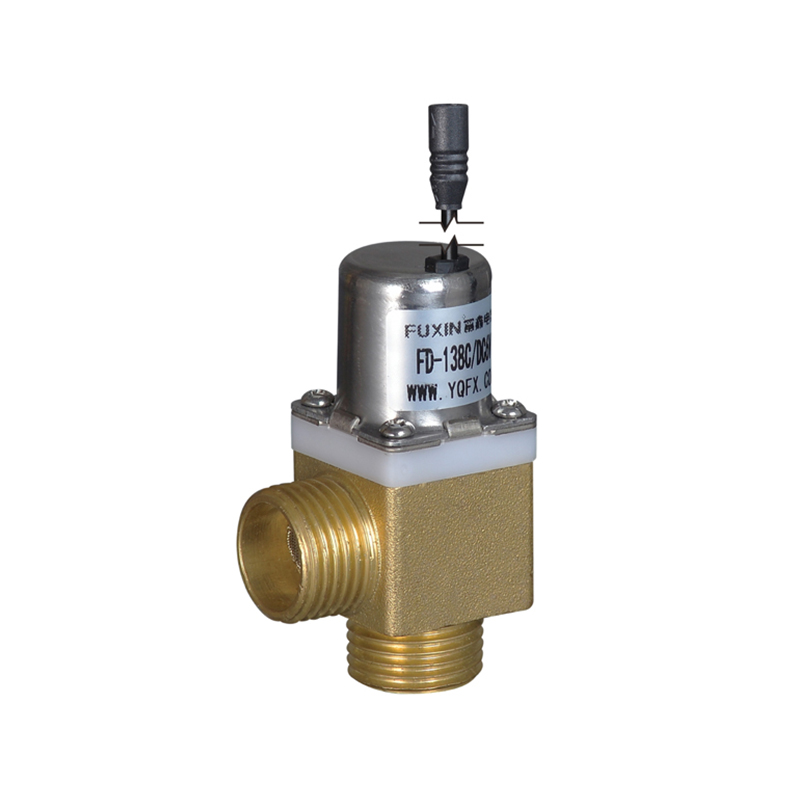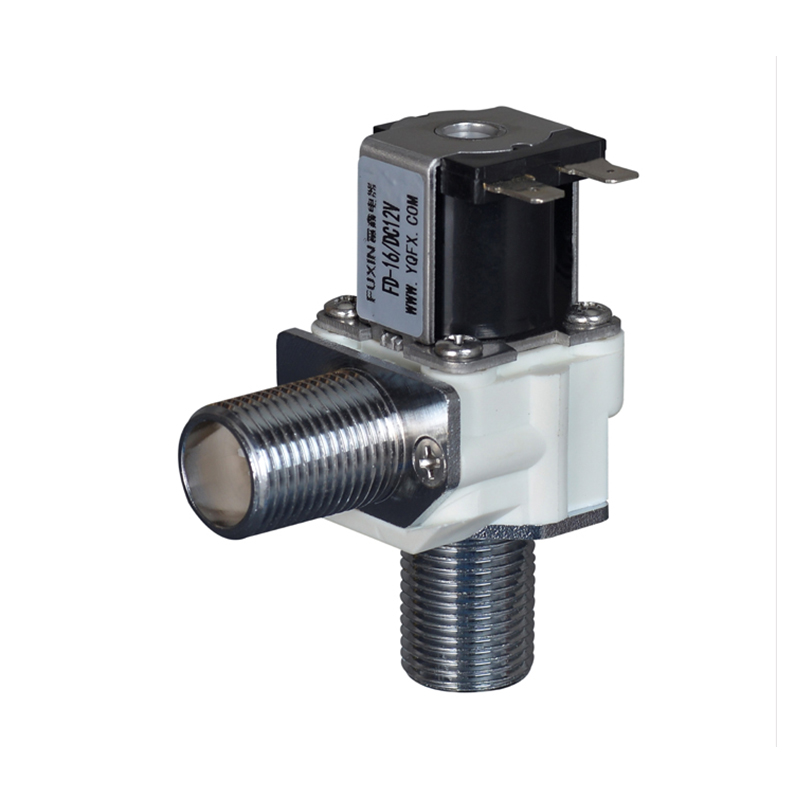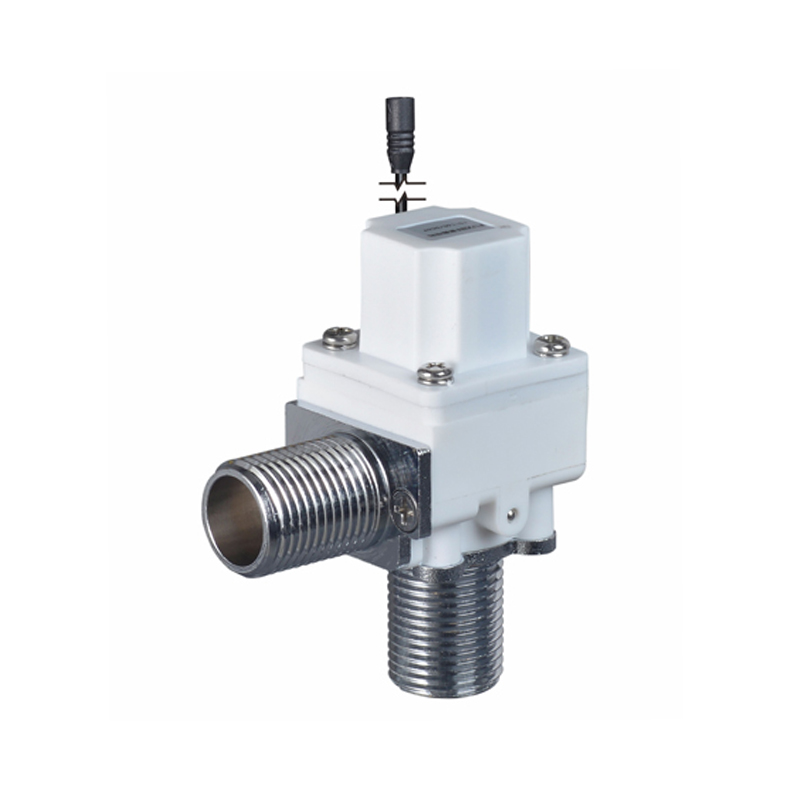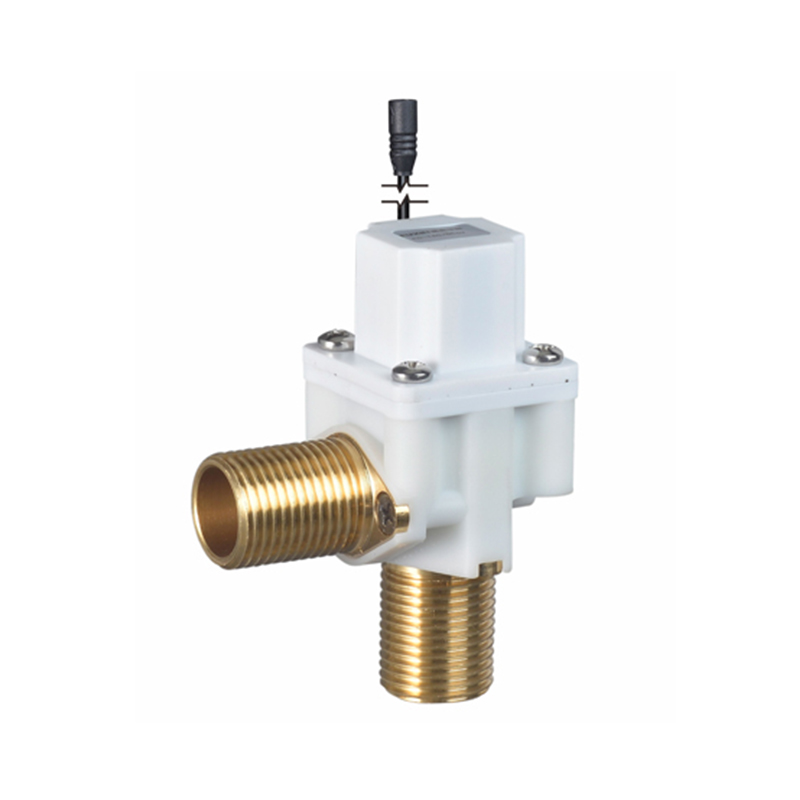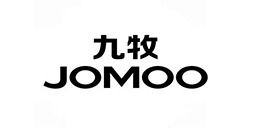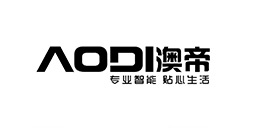In the pursuit of efficient and reliable fluid control, engineers and system designers are turning to innovative solutions that prioritize energy conservation without sacrificing performance. One such solution is the bi stable solenoid valve type of valve that has gained attention for its power-saving capabilities and ability to maintain its position without continuous electrical input. Designed for modern industrial and smart applications, the bi stable solenoid valve represents a shift toward sustainable control technology.
How the Bi Stable Solenoid Valve Works?
Unlike traditional solenoid valves, which require continuous power to stay open or closed, the bi stable solenoid valve operates using a pulse-based activation mechanism. This means the valve only needs a short electrical signal to switch between open and closed positions. Once the position is changed, it remains in that state without drawing further power.
This unique functionality is made possible through internal magnetic or mechanical latching mechanisms, which hold the valve in place after the power is removed. As a result, the bi stable solenoid valve minimizes energy usage while maintaining reliable performance across a wide range of applications.
Energy Efficiency at Its Core
The compelling benefit of the bi stable solenoid valve is its energy-efficient design. In many systems, energy consumption is a critical concern, especially in applications that rely on limited power sources such as batteries or solar panels. The bi stable solenoid valve addresses this by consuming electricity only at the moment of switching. For the remainder of the operating time, it stays in position without additional power draw.
This reduction in power usage not only conserves energy but also extends the lifespan of power supplies and backup batteries. In large-scale systems with multiple valves, this efficiency can to significant operational cost savings over time.
Ideal for Power-Sensitive Applications
The bi stable solenoid valve is particularly well-suited for systems where power availability is limited or intermittent. In remote or mobile installations such as wireless irrigation systems, battery-operated dispensers, or portable water control units, maintaining performance while conserving energy is essential.
Since the bi stable solenoid valve does not require a constant power supply, it helps ensure system reliability even in cases of temporary power loss. This makes it a preferred choice in sectors such as environmental monitoring, agriculture, smart home systems, and automated vending.
Stability Without Compromise
Stability and reliability are vital in fluid control applications. The bi stable solenoid valve offers both through its ability to retain position even when the power is cut off. For safety-critical environments or installations that may face unstable power conditions, this feature provides peace of mind.
For example, in an irrigation system located in a remote field, losing electrical power would typically interrupt valve operation. But with a bi stable solenoid valve, the last set position is maintained, preventing water from leaking or being wasted until power is restored.

Reduced Heat Generation
Traditional solenoid valves generate heat when powered continuously. Over time, this heat can to increased wear and shorter component lifespan. The bi stable solenoid valve, however, generates minimal heat since it only activates momentarily. This lower thermal stress contributes to longer-lasting performance and reduces the need for frequent maintenance.
In enclosed systems or heat-sensitive environments, this is a major advantage. The bi stable solenoid valve keeps systems cooler and more stable, which is particularly important in medical equipment, refrigeration controls, and electronic enclosures.
Simplified Circuitry and Control
Another advantage of the bi stable solenoid valve is its compatibility with simple, low-power control circuits. Because it doesn’t require a constant voltage to hold its position, system designers can build more compact and efficient control boards. This not only reduces the complexity of the electrical system but also lowers development costs.
Additionally, in wireless or IoT-connected environments, the bi stable solenoid valve integrates easily with microcontrollers, timers, and low-voltage triggers. Its efficient design is a natural fit for the growing number of smart automation systems that require energy-conscious solutions.
Versatility and Scalability
The bi stable solenoid valve comes in a range of sizes, voltages, and materials, making it adaptable to various use cases. Whether managing air, water, gas, or other fluids, these valves can be scaled to meet the demands of both small devices and industrial systems.
Its ability to function reliably in both on-grid and off-grid systems also makes the bi stable solenoid valve a flexible choice for manufacturers and OEMs. As energy regulations and sustainability standards become more stringent, this type of valve is becoming an increasingly important component in forward-thinking product design.
As more industries shift toward energy-efficient, reliable, and cost-effective solutions, the bi stable solenoid valve stands out as a key innovation. Its pulse-activated control, low power consumption, and reliable position-holding capability make it ideal for applications where energy conservation is a priority.
Whether in remote agriculture, smart appliances, or compact industrial systems, the bi stable solenoid valve delivers consistent performance while helping reduce energy demands. For engineers and product developers seeking intelligent control components, the bi stable solenoid valve offers a practical and modern solution aligned with today's efficiency goals.


 EN
EN English
English Español
Español
